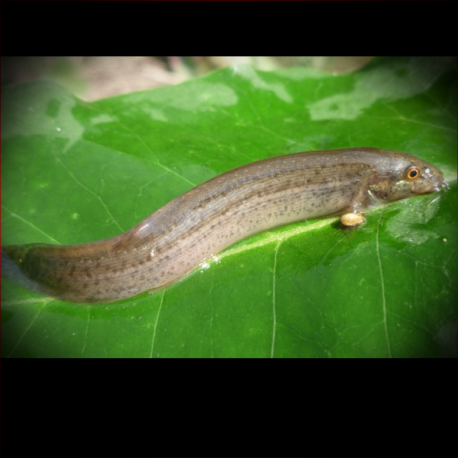More info
Datasheet
| Minimum Tank Size | 80 litres / 21.13 US gallons |
| Maximum Size | 9.0cm / 3.54inches |
| Temperature | 16°C / 60.80°F - 23°C / 73.40°F |
| Hardness | 1.01dgH / 18ppm - 20.00dgH / 357ppm |
| pH | 6.0-8.0 |
General Description
An exceptionally hardy and adaptable species, the Large-Scaled Loach, belonging to the family Cobitidae and classified under Cypriniformes, exhibits a peaceful nature but may target small fish and eggs. It thrives best when kept in a group and is compatible with medium-to-large, active fish species swimming in higher water columns. Known for its flexibility in diet, this loach primarily preys on insect larvae and small crustaceans, complemented by sinking dried foods supplemented with live or frozen options like Daphnia and bloodworms.
Aquarium Setup
To house the Large-Scaled Loach adequately, an 80-liter tank or larger is recommended with a soft, sandy substrate to accommodate the fish's burrowing behavior. In addition to substrate, incorporate water-worn rocks, driftwood branches, or tree roots for hiding spots. Lighting should be dim unless growing plants, and leaf litter can enhance the natural habitat. Avoid high flow rates, ensure oxygenation, and prevent small specimens from entering filter intakes.
Behaviour
Large-Scaled Loaches are generally peaceful but may exhibit predatory behavior towards small aquarium inhabitants. Their preference for group living enhances their activity levels, and they thrive when accompanied by suitable tankmates that swim actively in higher water levels. While compatible with certain goldfish varieties, caution is advised, especially with slower-moving ornamental types, to avoid potential conflicts during feeding times.
Feeding and Diet
Feeding on insect larvae, small crustaceans, and varied live and frozen foods, the Large-Scaled Loach requires a diverse diet to maintain optimal health. Accepting sinking dried foods, it benefits from regular servings of live or frozen supplements such as Artemia and bloodworms. Prioritizing a balanced diet is essential for sustaining the loach's well-being in captivity.
Reproduction & Dimorphism
Reports on captive breeding of the Large-Scaled Loach are limited, although induced spawning with hormones is utilized in scientific research and aquaculture. In the wild, reproduction likely mirrors that of related species like Misgurnus fossilis, where spawning occurs in dense vegetation with the male wrapping around the female during egg release. Sexual dimorphism is evident in adult females being heavier-bodied, while mature males showcase enlarged pectoral fins with thickened rays.
Habitat and Distribution
Native to the Yangtze River basin in China, the Large-Scaled Loach thrives in shallow, slow-moving river sections, swamps, backwaters, and paddy fields with soft mud substrates. It is distributed across several river systems in Asia, occasionally overlapping with the related Misgurnus anguillicaudatus, which has been introduced to various countries. The widespread distribution raises concerns about potential establishment outside its native range due to aquarium trade and other factors.

